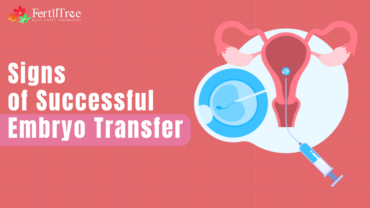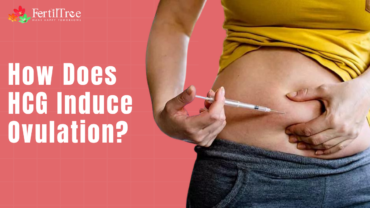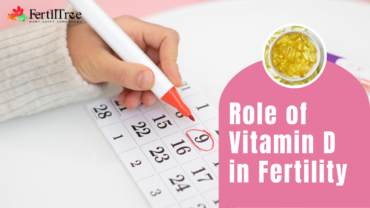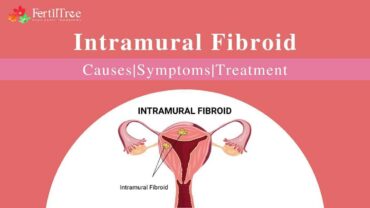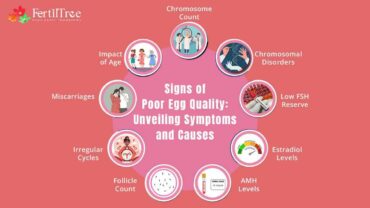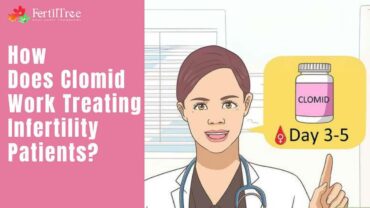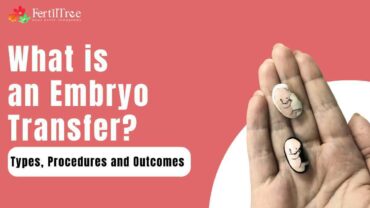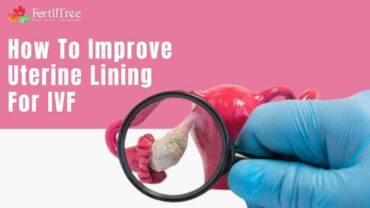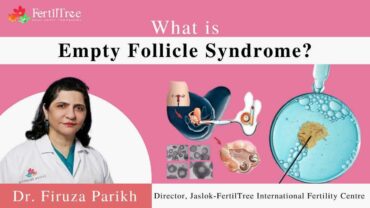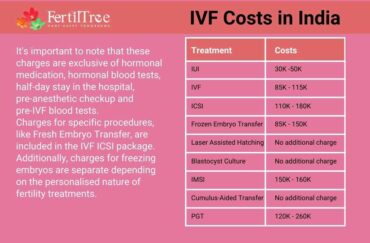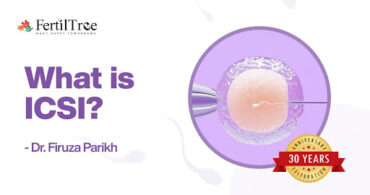Blogs
Beyond IVF: Exploring Emerging Fertility Treatments at FertilTree
Posted by Dr. Firuza Parikh
Q: Everyone talks about IVF, but are there other cutting-edge options? Absolutely. While IVF is the cornerstone of fertility care,…
Age and Fertility: Separating Myths from Facts
Posted by Dr. Firuza Parikh
Hi, I’m Dr. Firuza Parikh, and today I want to clarify a topic that affects nearly every hopeful parent at…
Nutrition for Two: Diet Tips to Boost Fertility Before You Conceive
Posted by Dr. Firuza Parikh
So you’re planning to grow your family — that’s exciting! But before the ovulation trackers, doctor visits, and lab reports…
Genetic Screening in Fertility: What You Need to Know
Posted by Dr. Firuza Parikh
When you’re struggling to conceive — or preparing for IVF — it’s natural to wonder:“Is there something deeper going on…
Mind Over Matter: How Stress Impacts Fertility — And What You Can Do About It
Posted by Dr. Firuza Parikh
“Relax and you’ll get pregnant.” Heard that before? As frustrating as it sounds, there’s a bit of truth buried in…
Minimal Stimulation IVF (Mini IVF): A Comprehensive Guide
Posted by Dr. Firuza Parikh
Introduction: When it comes to IVF, there is no one-size-fits-all approach. For many patients, traditional IVF has long been a…
What is a Good AMH Level for IVF to Get Pregnant? - Fertiltree
Posted by Dr. Firuza Parikh
What Is AMH Level? What is a Good AMH Level for IVF? What Writes a Good Level of AMH to…
Early Signs of a Successful Embryo Transfer: What to Look For | Fertile Tree
Posted by Dr. Firuza Parikh
Embryo transfer marks an important milestone in the IVF journey.. This delicate procedure involves placing embryo(s) into the woman’s uterus,…
How Does hCG Induce Ovulation?
Posted by Dr. Firuza Parikh
For those of you facing difficulties conceiving, understanding ovulation, a critical aspect of the reproductive process, is essential. This blog…
Symptoms of Failed Implantation of Fertilized Egg
Posted by Dr. Firuza Parikh
Failed implantation of a fertilized egg is a significant concern for those undergoing fertility treatments. This process is one extremely…
How Vitamin D Affects Fertility: Facts, Benefits, Studies & Expert Insights
Posted by Dr. Firuza Parikh
Vitamin D, which is often dubbed the “sunshine vitamin,” is needed for various bodily functions, including bone health, immune response,…
Intramural Fibroid - Causes, Symptoms & Treatment | FertilTree
Posted by Dr. Firuza Parikh
Intramural fibroids develop within the muscular wall of the uterus and are benign. They very rarely turn cancerous. According to…
Signs of Poor Egg Quality: Uncovering Symptoms, Causes & Effective Treatments | Fertile Tree
Posted by Dr. Firuza Parikh
Did you know that younger women have a higher chance of having healthy eggs? Studies show that women in their…
What’s the Best Age to Have a Baby with PCOS? Key Insights for Your Fertility Journey | Fertile Tree
Posted by Dr. Firuza Parikh
Table of Contents – Best Age to Have Baby with PCOS What Is PCOS?Best Age To Get Pregnant For Women…
How Clomid Works: Boosting Fertility and Treating Infertility Challenges | Fertile Tree
Posted by Dr. Firuza Parikh
When facing the challenges of infertility, understanding your treatment options will go a long way in helping you be informed…
What is an Embryo Transfer? Types, Procedures and Outcomes
Posted by Dr. Firuza Parikh
Among the many procedures a woman goes through on her IVF journey, embryo transfer is one of the most crucial…
How To Improve Uterine Lining For IVF
Posted by Dr. Firuza Parikh
When it comes to IVF, a thin uterine lining can pose a serious threat as it can lead to unsuccessful…
Low AMH Level: Causes, Symptoms & Treatment | Fertile Tree
Posted by Dr. Firuza Parikh
Low AMH levels could be a cause for concern for women in Mumbai who are trying to conceive. For those…
Did I Ovulate or not? By Dr. Firuza Parikh
Posted by Dr. Firuza Parikh
Whether you are trying to get pregnant or avoiding it, knowing exactly when ovulation takes place is important. While some…
Empty Follicle Syndrome: Types, Causes, Diagnosis & Treatment | Fertile Tree
Posted by Dr. Firuza Parikh
A rare condition in which no eggs are retrieved during an IVF procedure. The condition of Empty Follicle Syndrome (EFS)…
Cost of IVF Treatment in Mumbai | Complete Guide
Posted by Dr. Firuza Parikh
Thanks to advancements in medical technology, the landscape of IVF treatment has never been more promising. Mumbai, with its robust…
Understanding IVF Treatment Costs in India: Affordable Options for Your Fertility Journey
Posted by Dr. Firuza Parikh
Curious about IVF treatment costs in India? Learn about affordable options and factors affecting the price. Fertile Tree offers the…
Can You Lower My FSH Level? Fertile Tree
Posted by Dr. Firuza Parikh
FSH, or Follicle-Stimulating Hormone, is a hormone produced by the brain’s pituitary gland in both men and women. It plays…
What is intracytoplasmic sperm injection (ICSI)? ICSI Procedure in India
Posted by Dr. Firuza Parikh
ICSI or Intracytoplasmic sperm injection, is the most common and leading treatment for male fertility issues. This technique is chosen…
Can You Skip Progesterone Injections During IVF? Exploring Your Options | Fertile Tree
Posted by Dr. Firuza Parikh
When it comes to in vitro fertilization (IVF), there are often a series of decisions and considerations that need to…
Breakthrough IVF baby turns dad at same Mumbai hospital
Posted by Arundhati Athalye
Nearly three decades ago, a couple from Chembur celebrated the arrival of their only son, heralding a “scientific breakthrough” that…









